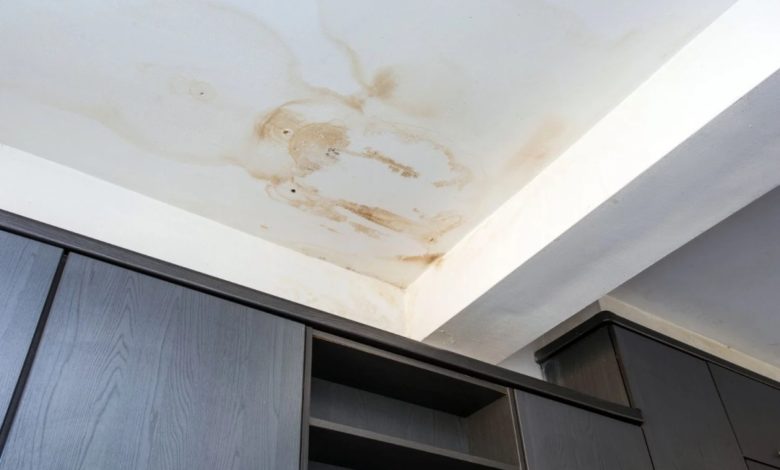How to Handle Water Damage and Stains

Water damage can be a real headache. Whether it’s from a leaky roof, a burst pipe, or a sneaky drip, dealing with it promptly is key. Here’s a simple guide on how to tackle water damage and those stubborn stains it leaves behind.
1. Stop the Source:
First things first – stop the water from causing more damage. Fix leaks, turn off water sources, and mop up any standing water.
2. Assess the Damage:
Take a good look around. Check walls, ceilings, floors, and furniture. Understanding the extent of the damage helps plan your next steps.
3. Dry It Out:
Time is of the essence. Use fans, open windows, and dehumidifiers to dry the affected areas. The quicker you act, the less likely mould will decide to join the party.
4. Remove Damaged Items:
Say goodbye to soggy carpets, warped wood, and anything that can’t be salvaged. Removing damaged items prevents further issues and makes the cleanup easier.
5. Clean and Disinfect:
Water damage can bring unwanted guests like bacteria. Clean and disinfect the affected areas to ensure a healthy environment.
6. Fix the Cause:
Don’t just patch things up; fix the root cause. Whether it’s a leak, poor insulation, or a faulty appliance, address the issue to prevent a repeat performance.
7. Repair or Replace:
Assess the damage to walls, ceilings, and floors. Some things may need repairing, while others might need replacing. Act accordingly.
8. Deal with Stains:
Water stains can be stubborn. Mix a solution of equal parts water and vinegar and gently scrub the stained area. For ceilings, consider using a stain-blocking primer before repainting water damage.
9. Paint It Right:
Once everything is dry and stains are gone, it’s time for a fresh coat of paint. Choose a paint that resists mildew to prevent future problems.
10. Inspect for Mold:
Keep an eye out for mould. If you spot any, deal with it promptly. Clean it with a mould-killing solution, fix the moisture issue, and ensure proper ventilation.
11. Check Insulation:
Inspect insulation in walls and ceilings. Wet insulation is a breeding ground for problems. Replace any that’s been compromised.
12. Keep Things Ventilated:
Good ventilation is your friend. Use exhaust fans in bathrooms and kitchens, open windows, and ensure proper airflow to prevent future water damage.
13. Regular Checks:
Prevention is the best cure. Regularly inspect your home for leaks, check the roof, and keep an eye on appliances. Early detection can save you a lot of hassle.
14. Call the Professionals:
Sometimes, it’s best to call in the experts. If the damage is extensive or you’re unsure about the next steps, a professional can provide guidance and assistance.
Water damage and stains are no joke, but with quick action and the right approach, you can tackle the issue head-on. Remember, a stitch in time saves nine – or, in this case, a drip in time saves a flood of trouble!

